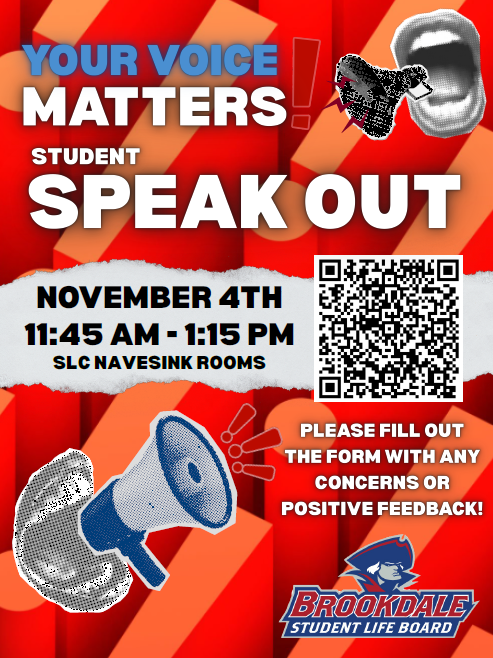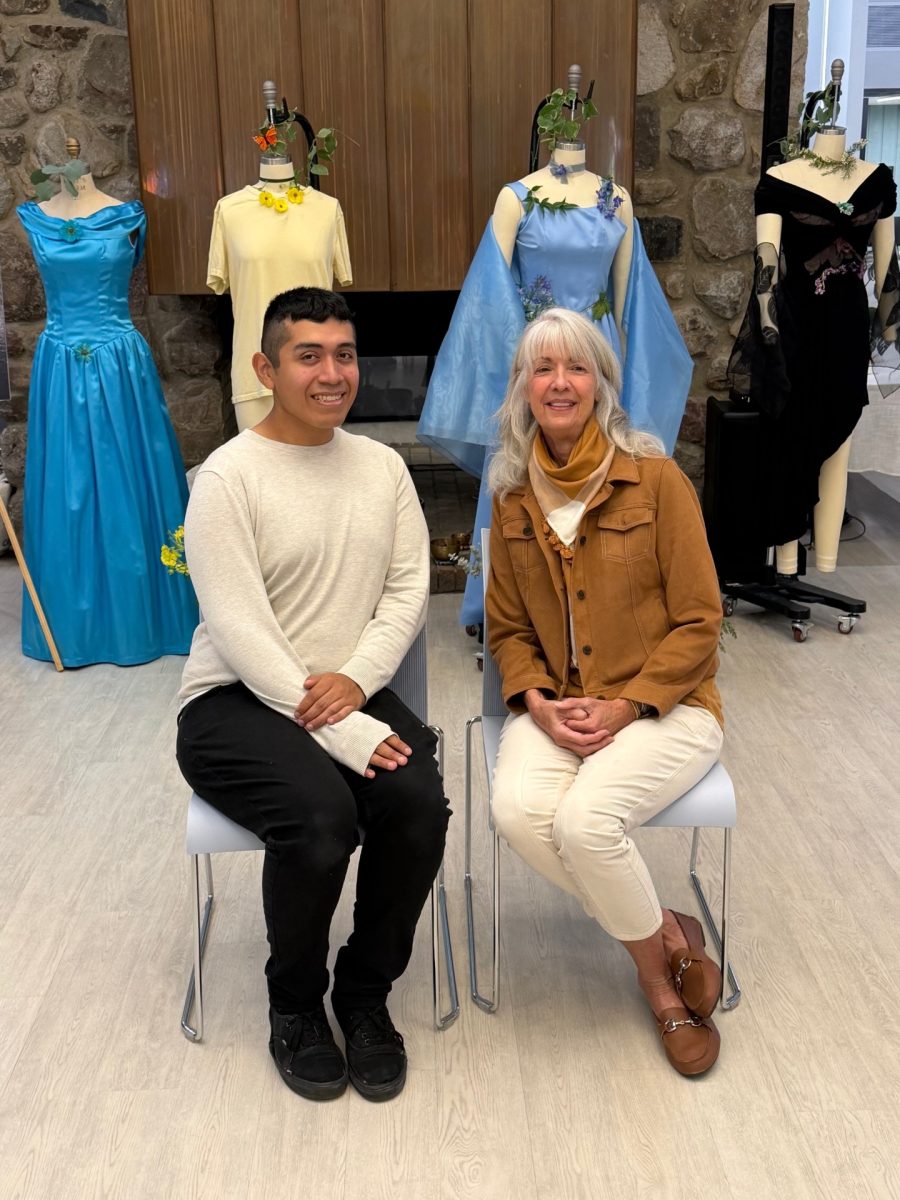A tagged monarch is released for migration at the Manasquan Reservoir Environmental Center
A tagged monarch is released for migration at the Manasquan Reservoir Environmental Center ON September 22, 2018.
The migrating monarch isn’t only an important pollinator, but it’s unlike any other butterfly, and we’re at risk of losing them.
Originally a tropical species, the monarch adapted to become physiologically unique. The lifespan of a typical butterfly is two-weeks, but the migrating monarch can live up to eight-months, making the great migration from the United States – including New Jersey – to the mountains of Mexico where they over winter at elevations as high as 10,000 feet. The next generation of monarchs then migrate back north, expanding their range as far as Canada.
It took researchers 40 years to figure out where monarchs went during their migration. They knew that by understanding where monarchs came from, where they went and even their condition during migration they would have a better chance of preserving them. Knowledge is power – and this knowledge was only made possible by tagging, which is still used today.
A tag is a minimally invasive adhesive, similar to a produce sticker, which is placed on the middle, lower discal cell of a monarch’s wing. Unlike satellite tags, adhesive tags are citizen based, where the information gathered is dependent upon call-backs from people who have sighted one during migration and upon arrival in Mexico, where locals are hired to search for them.
Every tag contains a unique identification number, as well as contact information for reporting a sighting. Monarchs fly to Mexico in the millions, but their population has declined by 90 percent over the past two decades, mostly due to agriculture.
With the population plummeting, raising and understanding the range of monarchs has never been more imperative, and the Manasquan Reservoir Environmental Center has taken part in preserving monarchs for the past six years.
Park naturalist, Susan Harasty, says she fell in love with monarchs after working in the pollinator gardens of the Environmental Center; finding their migration fascinating. She’s helped raise monarchs and led the tagging demonstration at the Environmental Center last month.
Harasty believes tagging is a great way to connect people to nature, especially monarchs. Tagging demonstrations are both informative and a hands-on learning experience for people of all ages.
The Environmental Center’s tagging program is only two years in the making, and they have yet to receive any call backs.
“It’s like winning the lottery,” Harasty said, although very rare, not impossible.
Cape May’s Monarch Monitoring Project, in operation since 1990, has had their tagged monarchs found in Mexico. The Environmental Center released 230 monarchs this year – the highest they’ve ever released. Harasty says that number has been growing every year.
Walking the gardens around the Environmental Center, monarchs can be seen fluttering about everywhere. This year has seen a rise in hatching monarchs – leading researchers to call this a building year.
Harasty said they hope these larger numbers “will translate over into the overwintering population.” With fewer monarchs making it to Mexico than ever before, a building year may help counteract that decline – at least for this year.
The Manasquan Environmental Center raises monarchs indoors to increase survival rates, a 95 percent survival rate compared to 1 percent in the wild, but it’s a time-intensive process.
Harasty said the best thing local residents can do to help is quite simple. “Plant milkweed,” she said.
Milkweed is the only plant monarchs eat, and with their habitat being destroyed and their food source along with it, planting milkweed is the best way to help this delicate and exceptionally beautiful and unique butterfly thrive once again.



























